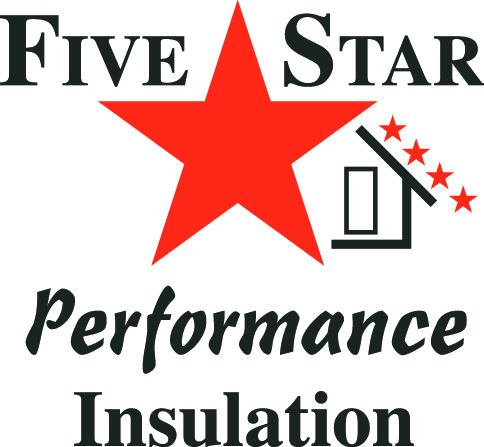 Insulation is an essential component of any home as it helps to keep the indoor temperature comfortable and energy-efficient. A well-insulated home can keep you warm in winter and cool in summer without putting a strain on your heating or cooling systems. While most people are aware of the importance of insulating their walls and attics, there are several other areas of the home that also require insulation. In this blog post, we will explore these areas and why insulating them is crucial for maintaining a comfortable and energy-efficient living space.
Insulation is an essential component of any home as it helps to keep the indoor temperature comfortable and energy-efficient. A well-insulated home can keep you warm in winter and cool in summer without putting a strain on your heating or cooling systems. While most people are aware of the importance of insulating their walls and attics, there are several other areas of the home that also require insulation. In this blog post, we will explore these areas and why insulating them is crucial for maintaining a comfortable and energy-efficient living space.
1. Walls
Wall insulation is a fundamental step in creating an energy-efficient home. Without proper insulation, a significant amount of heat or cool air can escape through the walls, making it more challenging to maintain a comfortable indoor temperature. Insulating the walls helps to create a thermal barrier, preventing outdoor temperatures from affecting indoor conditions. It also reduces heat transfer, meaning your heating and cooling systems don’t have to work as hard to maintain the desired temperature.
2. Attic
The attic is another crucial area of the home that needs insulation. A poorly insulated attic can result in significant heat loss during the winter and heat gain during the summer. As hot air rises, it tends to accumulate in the attic, making the rest of the house warmer. By insulating the attic, you can prevent this heat transfer and maintain a more consistent temperature throughout your home. Additionally, attic insulation helps to prevent ice dams on the roof by reducing the heat escaping through the attic and melting the snow on the roof.
3. Roof
While most homes have attic insulation, many homeowners overlook the importance of insulating their roofs. Insulating the roof helps to create a barrier between the outside elements and the interior of your home. This can be especially beneficial if you have a cathedral or vaulted ceiling, where heat or cool air can easily escape through the roof. Roof insulation can also reduce the amount of noise entering your home, providing a quieter and more comfortable living environment.
4. Floors and Crawl Spaces
Insulating the floors and crawl spaces can have a significant impact on the comfort of your home, especially if you have an elevated or unconditioned crawl space. Without insulation, cold air from the crawl space can seep into the living areas, making the floors feel cold and uncomfortable. Insulating the floors and crawl spaces helps to prevent this air infiltration, creating a more comfortable living space and reducing the workload on your heating system.
5. Windows and Doors
While windows and doors are not directly insulated, they can be significant sources of air leaks and heat transfer if they are not properly sealed. Adding weatherstripping and sealants around windows and doors can help improve their energy efficiency. For enhanced insulation, you can also consider installing double-glazed or low-emissivity windows, which are specifically designed to reduce heat transfer and improve energy efficiency.
Conclusion
Insulation plays a crucial role in creating a comfortable and energy-efficient home. While most people recognize the importance of insulating walls and attics, other areas of the home also require insulation. Walls, attics, roofs, floors, crawl spaces, and even windows and doors all benefit from proper insulation. By insulating these areas, you can minimize heat loss or heat gain, reduce energy consumption, and create a more comfortable living environment. So, the next time you think about insulation, don’t forget to consider all the areas of your home that could benefit from it.
